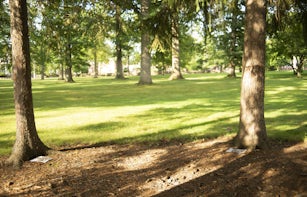Experiences in the Vicinity of Christina Kubisch’s Auditory Art Object

Seth Ayyaz interrogates Christina Kubisch’s work for its potential to de-naturalise the ear and the practice of listening. He sees in the artist’s series Electrical Walks (2004–ongoing) a cybernetic ritual transubstantiating sensory experience through machinic sounds and the sonification of ‘surveillance capitalism’, and sheds new light on this pioneer of sonic arts by emphasising the materialist and non-human dimensions of her work.



